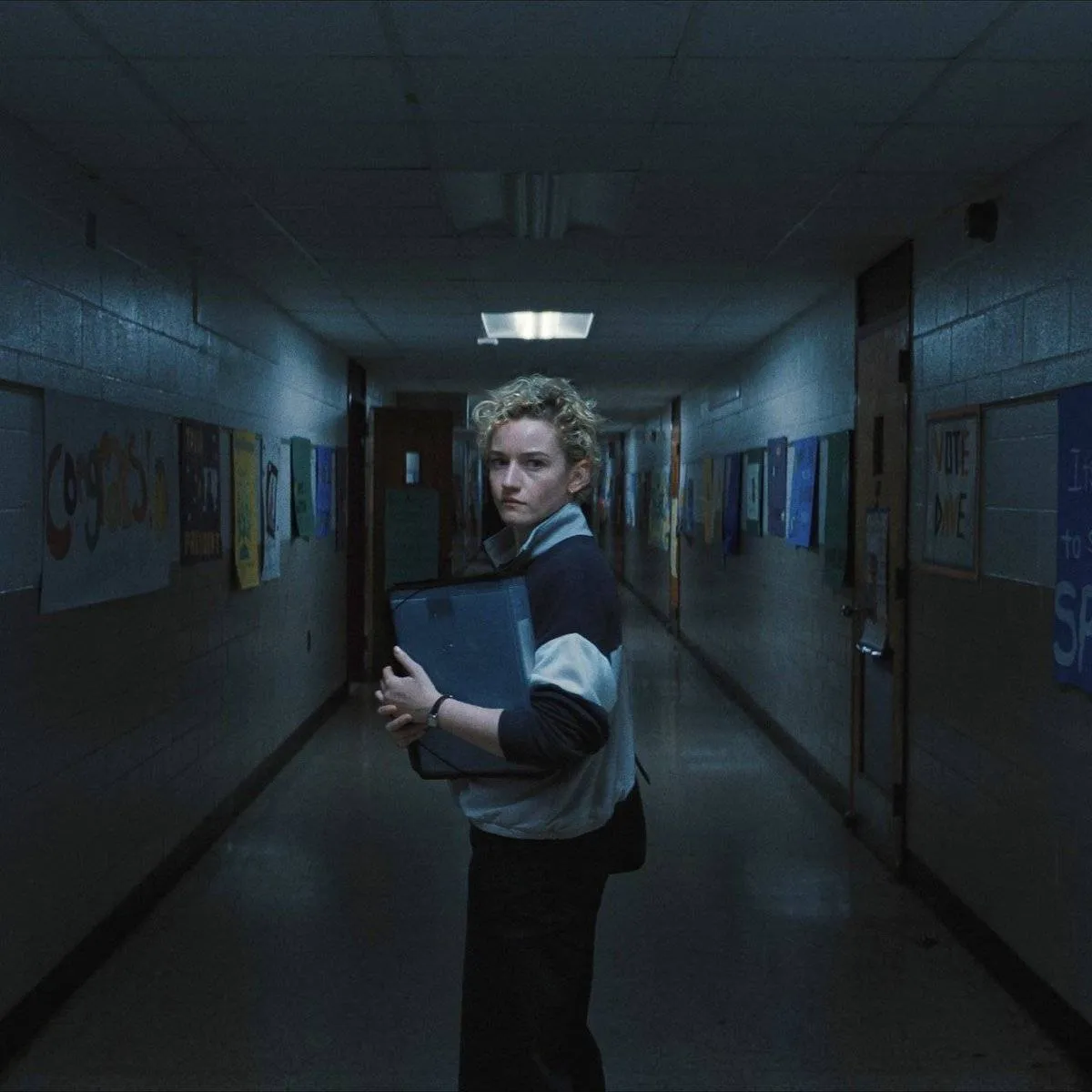Introduction to Guillermo del Toro’s Vision
Guillermo del Toro, a renowned film director, has once again impressed audiences with his unique storytelling and imaginative creatures. His latest film, "Frankstein," offers a fresh perspective on the classic novel by Mary Shelley. Del Toro’s adaptation differs significantly from previous versions, presenting a parallel story to the original narrative. This difference is expected, given del Toro’s reputation for pushing boundaries and exploring new ideas in his films.
A New Take on a Classic Story
The film "Frankstein" is divided into three parts, each offering a distinct perspective on the story. The first part tells the story from the scientist’s point of view, Victor Frankenstein, played by Oscar Isaac. The second part presents the monster’s narrative, embodied by Jacob Elordi, who struggles to integrate into society. The third part concludes the story, exploring the fate of the creature and the world it inhabits. Del Toro’s vision for "Frankstein" is a huge structure, similar to the monster itself, an artificial creature that precedes robots and artificial intelligence.
Exploring the Theme of the Beautiful and the Beast
This is not the first time del Toro has explored the complex relationship between a female and a brutal creature. In his film "The Shape of Water," which won four Oscars, including Best Picture and Best Director, he presented a similar theme. The story follows a cleaning worker, played by Sally Hawkins, who falls in love with an amphibian monster. Del Toro’s interest in this theme stems from his fascination with creatures that are often misunderstood or rejected by society.
Del Toro’s Inspiration and Interests
Del Toro’s fascination with strange creatures began in his childhood. He was drawn to magazines and films featuring monsters and abnormal characters. His favorite comic book character was "Hellboy," which he adapted into a film in 2004. Del Toro’s passion for non-human creatures is evident in his films, such as "Mimic" (1997) and "Pan’s Labyrinth" (2006). He uses the horror genre to explore the sharp meetings between what is natural and what is unnatural, often incorporating political and social commentary into his stories.
Intellectual Horror and Social Commentary
Del Toro’s films are not just horror movies; they are intellectual explorations of the human condition. He uses the genre to talk about the complexities of human nature and the consequences of playing with forces beyond human control. His films often feature creatures that are not just monsters but also symbols of social and political issues. For example, "Pan’s Labyrinth" explores the authority of the Spanish Civil War, while "The Shape of Water" critiques the Cold War era.
The Significance of Del Toro’s New Film
Del Toro’s new film, "Frankstein," fits into his conception of exploring the authority that creates a monster and then loses control over it. This theme is relevant to today’s world, where the consequences of scientific and technological advancements can have unintended and far-reaching consequences. Del Toro’s film serves as a warning, encouraging audiences to think critically about the world they live in and the forces that shape it. By presenting a fresh perspective on a classic story, del Toro challenges his audience to reconsider their assumptions about the nature of humanity and the consequences of playing God.

